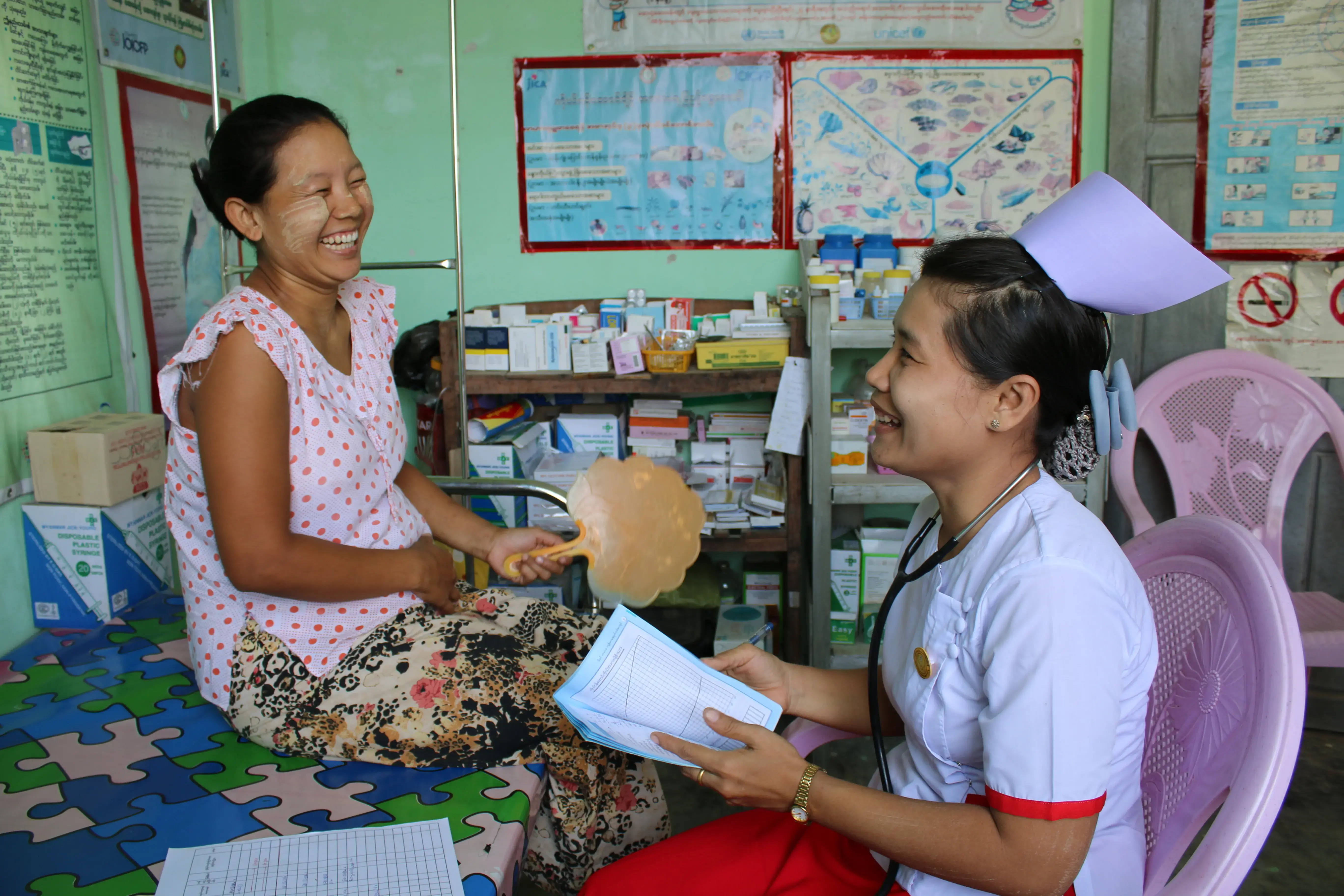Child marriage is not only a violation of a girl’s rights; it also seriously compromises efforts to reduce gender-based violence, advance education, overcome poverty and improve health indicators.
In South Asia, two out of five girls will become child brides. The highest prevalence is found in Bangladesh (66 per cent), followed by India (47 per cent), Nepal (41 per cent) and Afghanistan (39 per cent). In East Asia and the Pacific the prevalence of child marriage is 18 per cent, with 9.2 million women aged 20-24 married as children in 2010.
Child brides in Southern Asia are often forced into early sexual activity and therefore early childbearing. Because their bodies are not yet fully developed, these young adolescents are at much greater risk of suffering life-threatening or debilitating conditions as a result of childbirth like obstetric fistula and haemorrhaging, or even death.
Also, girls are more vulnerable to contracting life-threatening diseases as they are often given away too much older men who have an elevated chance of being HIV positive or having other sexually-transmitted infections because of prior sexual experience.
When a girl is pulled from school and forced to marry young, her personal development is stunted. She is left with few – if any – negotiation skills and therefore has limited decision-making power in her new household. Often uneducated and unskilled, many child brides are completely dependent on their husbands and in-laws to survive.
Child marriage also deprives a girl of the valuable and necessary skills required to enter the labour market, therefore denying her the opportunity to help lift herself – and her family – out of poverty. In short, pulling girls out of school and forcing them into early marriage ensures that poverty will be handed down from mother to daughter, from family to family, for generations to come.
UNFPA works with governments and partners at all levels to foster supportive policies, legislation and dialogue to promote the dignity and rights of both married and unmarried girls.
Through a variety of means, including advocacy and communications efforts, UNFPA draws attention to girls’ needs and realities, given the harmful and life-threatening risks they face from child marriage.
In collaboration with communities, UNFPA supports programmes that enable parents, elders, religious and other leaders to identify the dangers of child marriage, promote the rights of girls, and find community-owned, collective solutions to discourage and eventually end the practice.
UNFPA also assists the most marginalized and vulnerable girls in deferring marriage by advocating that they stay in school; supporting programmes that build their life skills; providing safe spaces to learn, play and make friends; delivering sexual and reproductive health and HIV information and services; and improving their economic and social well-being.




